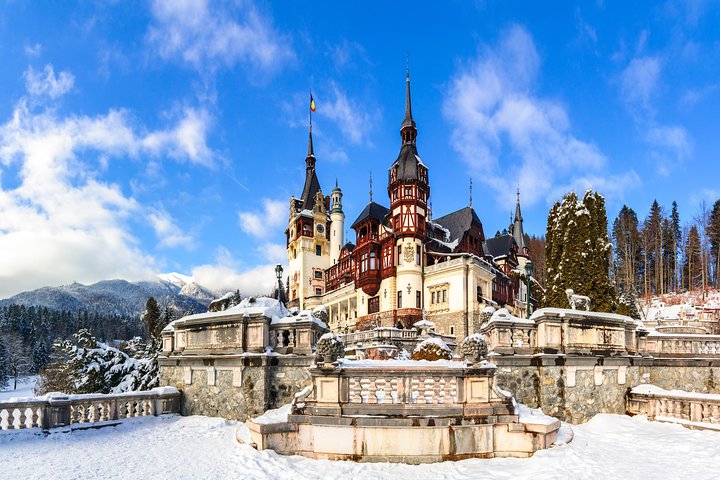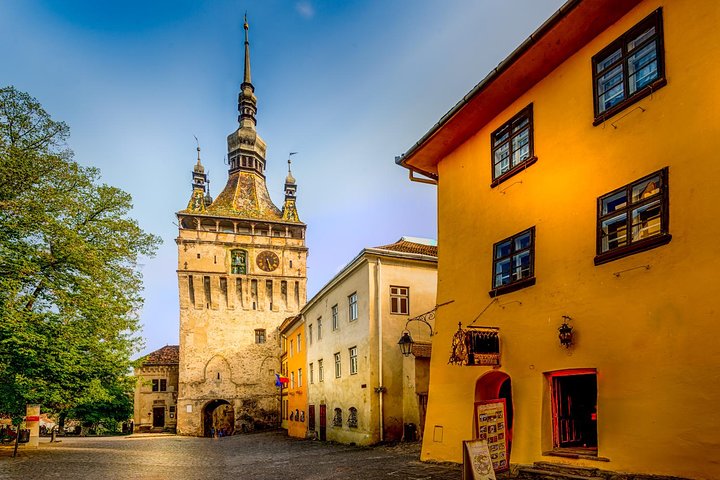Bucharest’s Unseen Layers: A Journey Through Ferentari and Rahova
In search of deeper truths, I embarked on a journey through Bucharest’s lesser-seen neighborhoods, Ferentari and Rahova. This tour promised an unfiltered look at the city’s hidden struggles, and it delivered an experience that was both challenging and enlightening.
Unveiling the Unseen
Bucharest, a city often celebrated for its vibrant culture and historical landmarks, holds within its folds stories that are less frequently told. My journey through Ferentari and Rahova was not just a tour; it was an unmasking of the city’s hidden struggles. As someone who has wandered through the cobblestone streets of Prague and the romantic alleys of Budapest, I found myself drawn to the raw, unfiltered reality that this experience promised.
The tour began in Ferentari, a neighborhood that stands as a stark contrast to the polished facades of central Bucharest. Here, the air was thick with stories of survival and resilience. The guide, with an unflinching honesty, painted a picture of a community grappling with economic hardships and systemic neglect. It was a sobering reminder of the disparities that exist within a single city. As we walked through the streets, I couldn’t help but reflect on my own journey of self-discovery, realizing that understanding others’ struggles is an integral part of understanding oneself.
The Weight of History
Our next stop was Rahova, a neighborhood with a history as complex as its present. Known for its significant Roma population and the infamous penitentiary that once loomed over it, Rahova is a place where history and modernity collide. The remnants of the prison system lingered in the air, a testament to the past that continues to shape the present.
Walking through Rahova, I was struck by the vibrant culture that thrived amidst adversity. The Roma community, often marginalized and misunderstood, displayed a resilience that was both inspiring and humbling. Their stories, shared with a candidness that cut through the noise of preconceived notions, challenged me to reconsider my own biases. It was a moment of introspection, a chance to confront the layers of history that often go unnoticed in the pursuit of picturesque travel experiences.
A Surreal Finale
The tour concluded with a visit to Sinești, a village known for its extravagant Gypsy palaces. These structures, with their ornate facades and opulent designs, stood as symbols of cultural pride and identity. Yet, beneath the surface, they told a story of complexity and contradiction. The palaces were a testament to the community’s resilience, a defiance against the stereotypes that often overshadow their rich cultural heritage.
As I stood before these surreal edifices, I was reminded of the power of travel to challenge and transform. This journey through Bucharest’s hidden struggles was not just about witnessing the city’s darker side; it was about embracing the complexities that make it real. It was a reminder that travel is not just about seeking comfort, but about confronting the uncomfortable truths that lie beneath the surface. In the end, I left with more questions than answers, but perhaps that is the true essence of exploration.












































